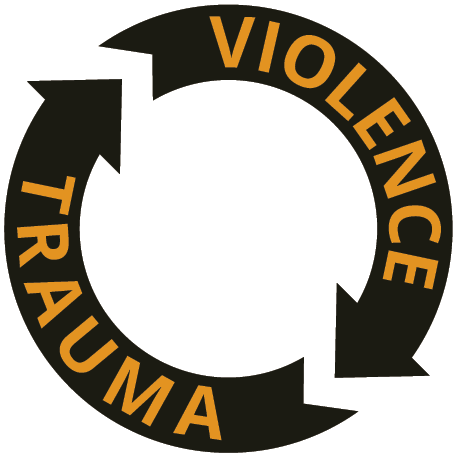TRAUMATIC EVENT SYSTEMS (TES)
TES – Traumatic Event Systems Model training is responsive in nature and provides VTRA Level 2 trained professionals and leaders with the necessary tools to intervene, prepare and support communities in the aftermath of a traumatic event. While emergency responders focus on the physical aspects of trauma, TES trained professionals address the more complex and lasting effects of how trauma impacts individuals and systems if left untreated.
Until recently, the majority of trauma research emphasis has been on the impact of trauma on individuals. However, the impact of trauma on systems (families, schools, communities, provinces, states, etc.) raises the question of why some tragedies result in a traumatic response being confined to a single system—such as a school or community—while others result in a traumatic response that affects multiple systems (schools and communities) hundreds and thousands of miles away from where the initial trauma occurred.
The TES model is descriptive, explanatory, and has predictive elements. One key area addressed in the TES model is the identification of critical periods (predictable timeframes common across the country) for increased threats to duplicate major crimes and other high-profile incidents. These critical periods occur as part of traumatic aftermath and may influence high-risk violent behaviour for years to come.
TES relies on human skill combined with technology to build systems that protect people and have a positive and lasting impact on society for the long term. The TES framework comprises two parts:
TRAINING:
ES trainers take multiple stakeholder teams through the four phases of assessment, intervention, planning and aftermath. Teams are trained to assess the impact of trauma on a community through hands-on experience, quickly and effectively identify worrisome patterns of behavior and design change management practices.
OPERATIONAL SUPPORT:
We provide ongoing support to make sure that TES is being used properly and to its fullest capacity.


